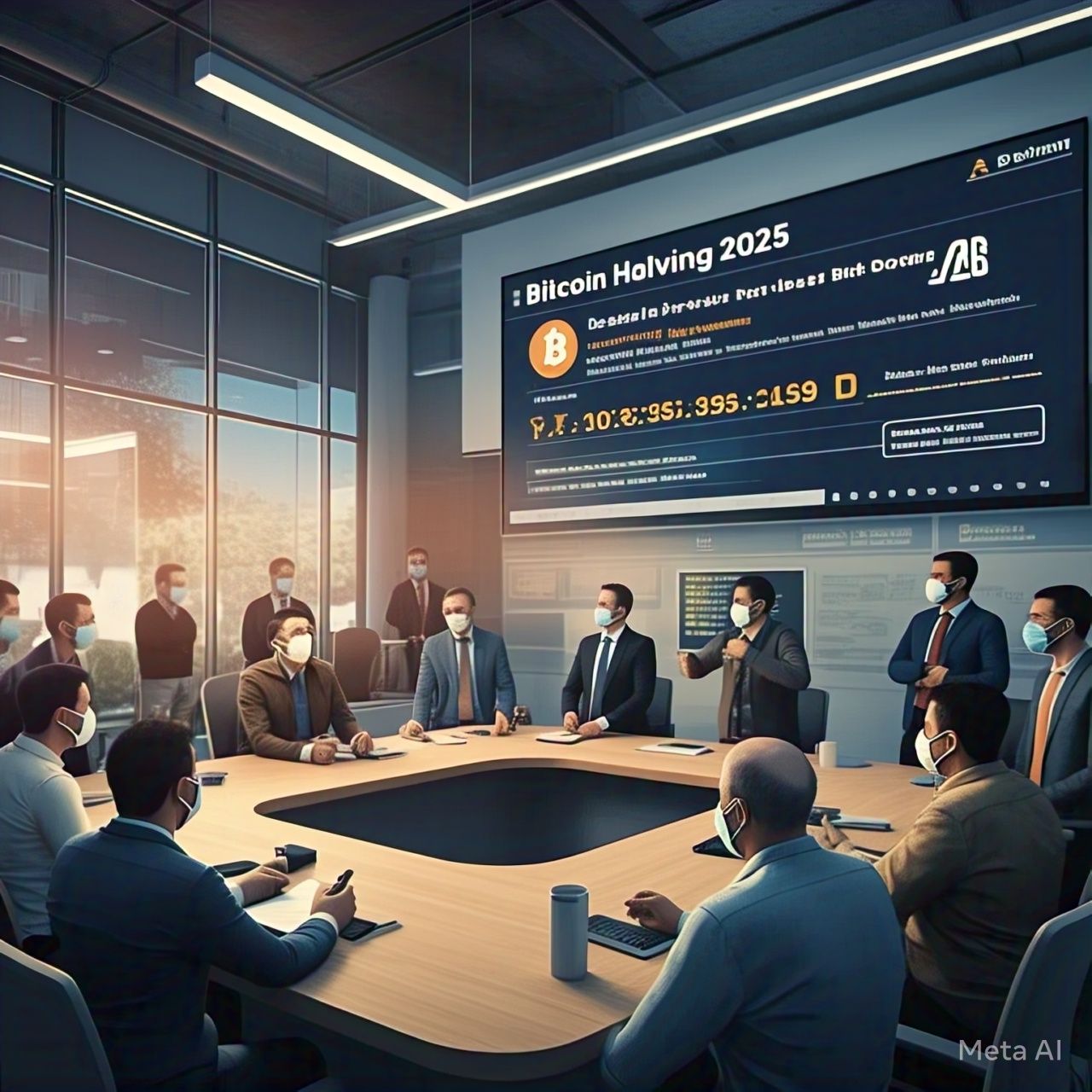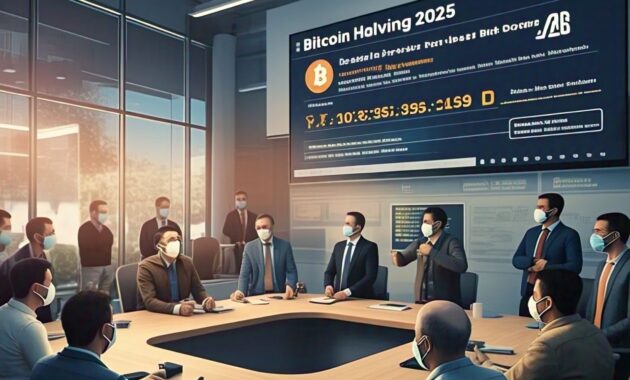Theinternet is constantly evolving. From the early days of static web pages in Web1 to the interactive and centralized platforms of Web2, we are now entering a new era—Web3. This next-generation internet is built on decentralization, blockchain technology, and user ownership, promising a more transparent and secure digital world.
But what exactly is Web3? How does it differ from Web1 and Web2? And what does it mean for the future of the internet?
In this in-depth guide, we’ll explore:
- The evolution of the internet (Web1, Web2, Web3)
- Core features and technologies behind Web3
- The benefits and challenges of Web3
- Industries that will be transformed by Web3
- What the future holds for the decentralized web
The Evolution of the Internet: From Web1 to Web3
Web1: The Read-Only Web (1990s – Early 2000s)
The first version of the internet, Web1, was mostly static. Users could access information but had little interaction.
🔹 Key Features:
✅ Static web pages (HTML-based)
✅ Centralized servers hosting websites
✅ Limited user interaction (mostly reading content)
🛑 Limitations:
❌ No user-generated content
❌ No dynamic applications or interactivity
❌ Heavily controlled by web administrators
Web2: The Social & Interactive Web (2000s – Present)
Web2 introduced user-generated content, social media, and dynamic web applications, making the internet more interactive. However, it also led to centralization, where a few tech giants (Google, Facebook, Amazon, etc.) control data and online experiences.
🔹 Key Features:
✅ Social media platforms (Facebook, Twitter, YouTube)
✅ Cloud computing & mobile apps
✅ E-commerce & online services
🛑 Limitations:
❌ Data privacy concerns (user data controlled by corporations)
❌ Monetization issues (users create content but platforms profit)
❌ Censorship and lack of control over digital identities
Web3: The Decentralized & User-Owned Web
Web3 aims to decentralize the internet using blockchain, cryptocurrencies, and decentralized protocols. This shift empowers users by giving them control over their data, identities, and financial transactions.
🔹 Key Features:
✅ Decentralization (data stored on blockchain, not corporate servers)
✅ User ownership (digital assets, NFTs, DAOs)
✅ Smart contracts (automated transactions without intermediaries)
✅ Permissionless applications (open access to services without approval from centralized authorities)
Now, let’s explore the technologies powering Web3.
Core Technologies Behind Web3
1. Blockchain Technology
Blockchain serves as the backbone of Web3, providing security, transparency, and decentralization. Every transaction or action on Web3 is recorded on a blockchain, ensuring data integrity and eliminating the need for centralized authorities.
✅ Examples: Bitcoin, Ethereum, Solana
2. Cryptocurrencies & Tokens
Cryptocurrencies enable financial transactions in Web3 without banks or payment processors. Tokens can also represent digital assets, governance rights, and access to services.
✅ Examples: ETH (Ethereum), DOT (Polkadot), MATIC (Polygon)
3. Decentralized Applications (DApps)
Unlike traditional apps that run on centralized servers (e.g., Facebook, Google), DApps operate on decentralized networks, ensuring greater security and censorship resistance.
✅ Examples: Uniswap (decentralized exchange), Aave (DeFi lending), OpenSea (NFT marketplace)
4. Smart Contracts
Smart contracts are self-executing agreements that run on blockchains. They automatically enforce contract terms without needing intermediaries.
✅ Example: A smart contract-based escrow releases funds when both parties meet contract conditions.
5. Non-Fungible Tokens (NFTs)
NFTs allow users to own unique digital assets (art, music, gaming items) with verified ownership on the blockchain.
✅ Examples: CryptoPunks, Bored Ape Yacht Club, Decentraland virtual land
6. Decentralized Autonomous Organizations (DAOs)
DAOs are community-driven organizations where decision-making is automated and democratic, based on blockchain governance.
✅ Examples: MakerDAO (DeFi governance), Friends with Benefits (Web3 social club)
The Benefits of Web3
🔹 1. Data Ownership & Privacy
Unlike Web2, where companies like Facebook and Google monetize user data, Web3 gives individuals full control over their personal information and online identities.
🔹 2. Censorship Resistance
Because Web3 applications run on decentralized networks, governments and corporations cannot easily censor content or restrict access.
🔹 3. Financial Freedom (DeFi)
Decentralized Finance (DeFi) removes banks and financial intermediaries, allowing anyone to access lending, borrowing, and trading services without restrictions.
🔹 4. Fair Monetization for Creators
Artists, musicians, and content creators can directly monetize their work through NFTs and crypto, without relying on platforms like YouTube or Spotify.
🔹 5. Transparent & Trustless Transactions
Web3 transactions occur on the blockchain, eliminating fraud, intermediaries, and trust issues.
Challenges & Limitations of Web3
🛑 1. Scalability Issues
Blockchain networks can be slow and expensive, especially during high traffic periods. Solutions like Ethereum Layer 2 (Polygon, Optimism) and other scalable blockchains (Solana, Avalanche) are improving this.
🛑 2. User Experience (UX) Complexity
Web3 wallets, private keys, and gas fees make Web3 harder for beginners. Mass adoption will require simplified interfaces.
🛑 3. Regulation & Legal Issues
Governments are still defining regulations for crypto, DeFi, and NFTs, creating uncertainty for developers and businesses.
🛑 4. Environmental Concerns
Some blockchains (like Bitcoin) consume high energy due to Proof-of-Work mining. Newer models like Proof-of-Stake (Ethereum 2.0, Cardano, Solana) offer eco-friendly alternatives.
Industries Web3 Will Transform
🚀 Finance (DeFi): Decentralized finance (DeFi) is already disrupting banks with lending, borrowing, and yield farming protocols.
🚀 Gaming (Play-to-Earn): Blockchain-based games (Axie Infinity, The Sandbox) reward players with crypto assets.
🚀 Social Media: Decentralized social networks like Lens Protocol and Mastodon offer alternatives to Facebook and Twitter.
🚀 E-Commerce: Web3 marketplaces allow direct transactions between buyers and sellers without intermediaries.
🚀 Education & Work: DAOs and metaverse platforms are changing the way people collaborate, work, and learn online.
The Future of the Internet: What’s Next for Web3?
The future of Web3 depends on mass adoption, regulatory clarity, and technological advancements. Here are some expected trends:
🔥 1. Mass Adoption of Crypto Payments – More businesses will accept crypto for everyday transactions.
🔥 2. AI & Web3 Integration – AI-powered DApps will provide better user experiences and automation.
🔥 3. Metaverse Expansion – Virtual worlds like Decentraland and The Sandbox will play a bigger role in social interaction and commerce.
🔥 4. Improved Blockchain Interoperability – Seamless interaction between different blockchains will enable a more connected Web3 ecosystem.
🔥 5. Government & Institutional Adoption – Countries will explore central bank digital currencies (CBDCs) and blockchain-based identity solutions.
Final Thoughts: Is Web3 the Future?
Web3 represents a paradigm shift toward a decentralized, user-controlled, and transparent internet. While challenges remain, its potential to reshape industries, improve privacy, and empower individuals is undeniable.
As Web3 evolves, the question is not if it will transform the internet, but how fast we will embrace it.
🚀 What are your thoughts on Web3? Will it redefine the internet as we know it? Let’s discuss!















